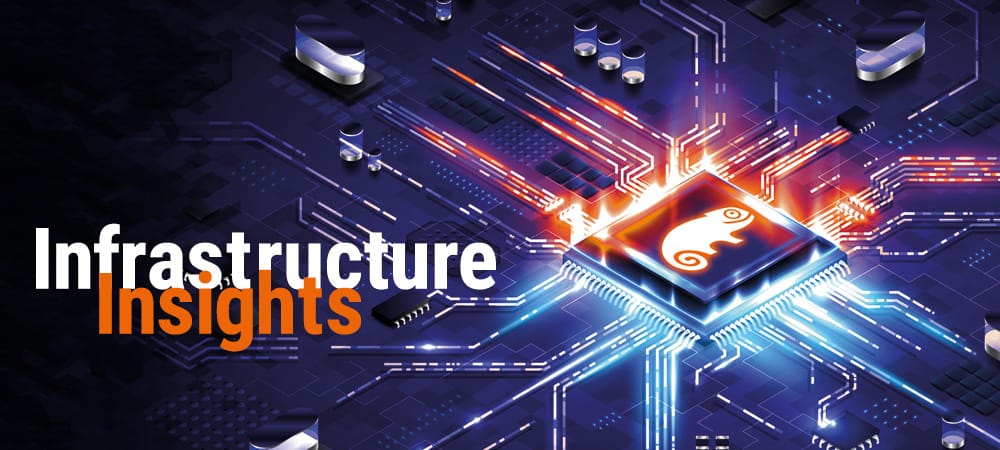Future-proof transformation with SAP solutions


1. networking on the rise: ecosystems instead of silos
The path leads out of the classic silos of clearly defined competencies and business models and into networked ecosystems. Proprietary systems are being replaced and business areas and processes are becoming increasingly interconnected. This enables synergy effects within the own company and also beyond with partners and customers.
In concrete terms, this means that companies need to rethink and evaluate topics such as interfaces, security, DevOps, licenses, integration, cloud and many others, because a functioning ecosystem is inconceivable without these aspects.
A survey by DSAG shows just how cautious many managers still are: only ten percent of companies are currently moving their core processes to the cloud.
One reason for this reluctance is the increasing complexity combined with a lack of internal expertise at the crucial points as well as concerns about data security.
In this context, SAP from the public cloud, for example, offers an ideal platform for test and training environments - agile, flexible, cost-effective and quickly available.
If companies move their core systems to a highly secure private cloud in parallel, hybrid cloud models are created that ideally combine the advantages of both worlds.
This trend will intensify in 2019 and beyond, because the SAP ecosystem itself is also becoming increasingly complex. The need for consulting is increasing accordingly:
User companies need experienced and broadly positioned partners who can take care of the cloud infrastructure, security concepts, license management and many other issues so that they can concentrate on their core business themselves.
2. digital transformation: duty and opportunity
Digitization has accompanied companies for several years and is an ongoing development that is far from over. The goal is to act more agilely, make better decisions, react flexibly and quickly generate competitive advantages whenever they arise. To achieve this, companies must optimize, automate and digitize their processes.
In addition to the opportunities this presents, there is another key argument for SAP user companies: support for older systems will end in 2025.
But neither of these driving forces has yet resulted in all systems being transformed. According to DSAG, 41 percent of managers say they will replace the Business Suite with SAP S/4 Hana in time for 2025.
28 percent are planning a partial changeover, 18 percent do not expect to be able to meet this deadline, and 13 percent are currently unable to assess their situation at all.
So it will be some time before the majority of companies benefit from the new technological opportunities - many are still in the planning phase or are just tackling the issue.
Until then, the early adopters have a clear advantage, because S/4 Hana is not only the next technical release of the ERP system, but also enables the digitization and optimization of the complete business processes.
This is a decisive competitive advantage. The companies that have already undergone the transformation are very positive about it.
3. follow the trend: AI, IoT & Co.
SAP S/4 Hana offers a very good basis for the integration of innovative technologies such as artificial intelligence (AI) and the Internet of Things (IoT). A DSAG survey shows, for example, that 62 percent of decision-makers attach high relevance to artificial intelligence.
This is justified because AI can significantly optimize processes that often take place, for example in production planning, route finding, responding to customer inquiries, and pattern recognition.
With SAP S/4 Hana in the backend and SAP Leonardo, customers benefit from the integration of these technologies directly into their business processes. In addition, IoT, machine learning, blockchain and other trends are also becoming increasingly important for businesses.
The result is more efficient value chains, more satisfied end customers and corresponding business success. And the pace will continue to pick up in 2019: Sensors and infrastructure will become ever cheaper, smaller and more powerful with increased battery performance.
This makes real-time tracking and control practically feasible. Together with the professional realization of hybrid cloud models and digital transformation, this creates competitive advantages.







